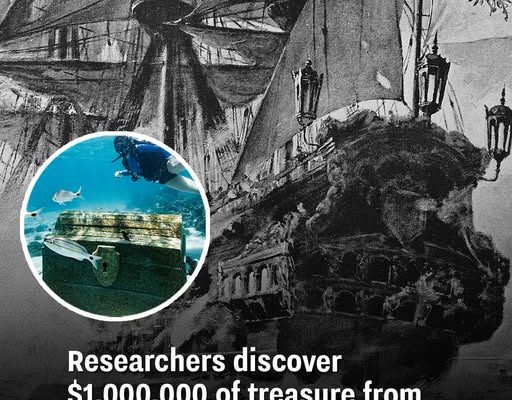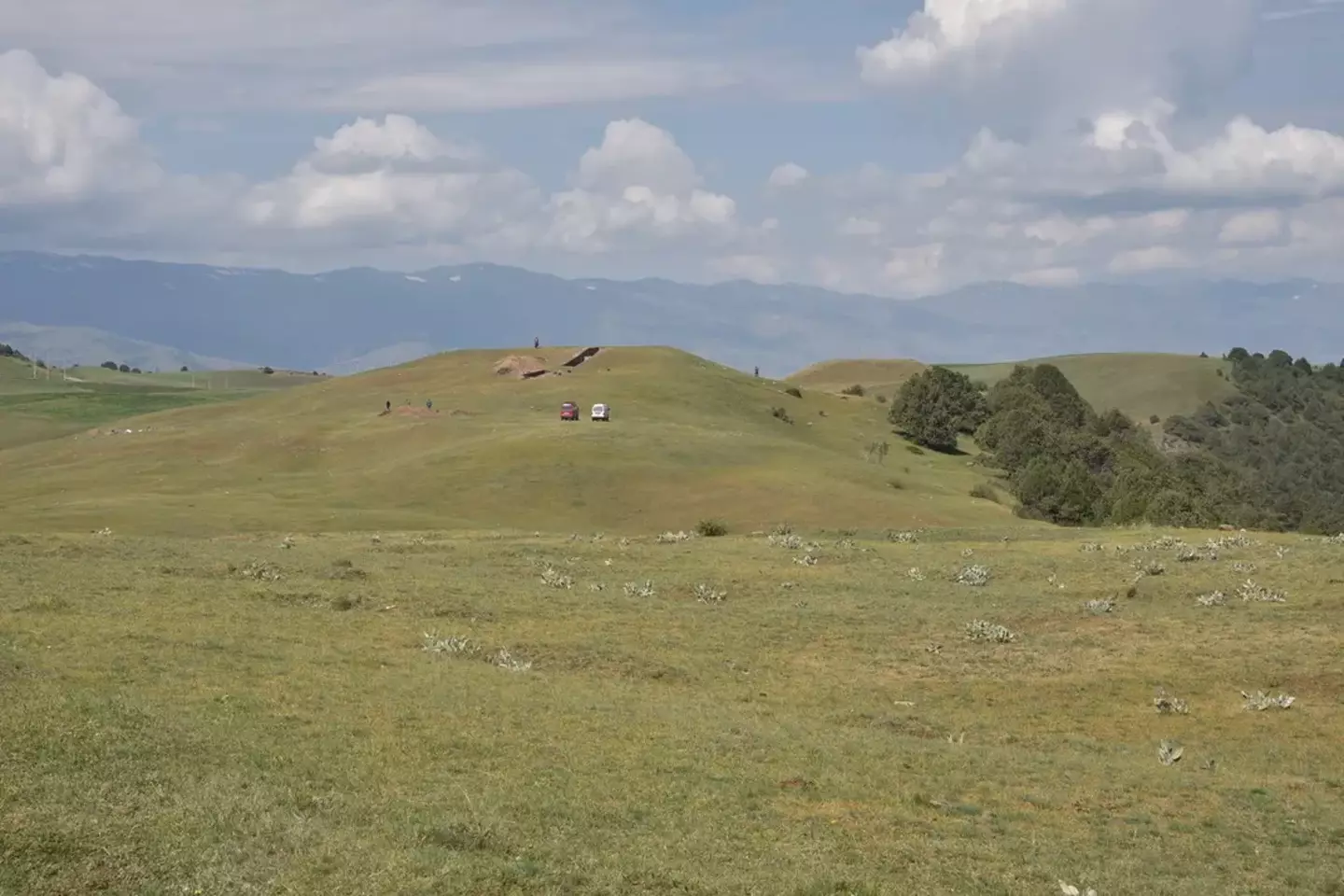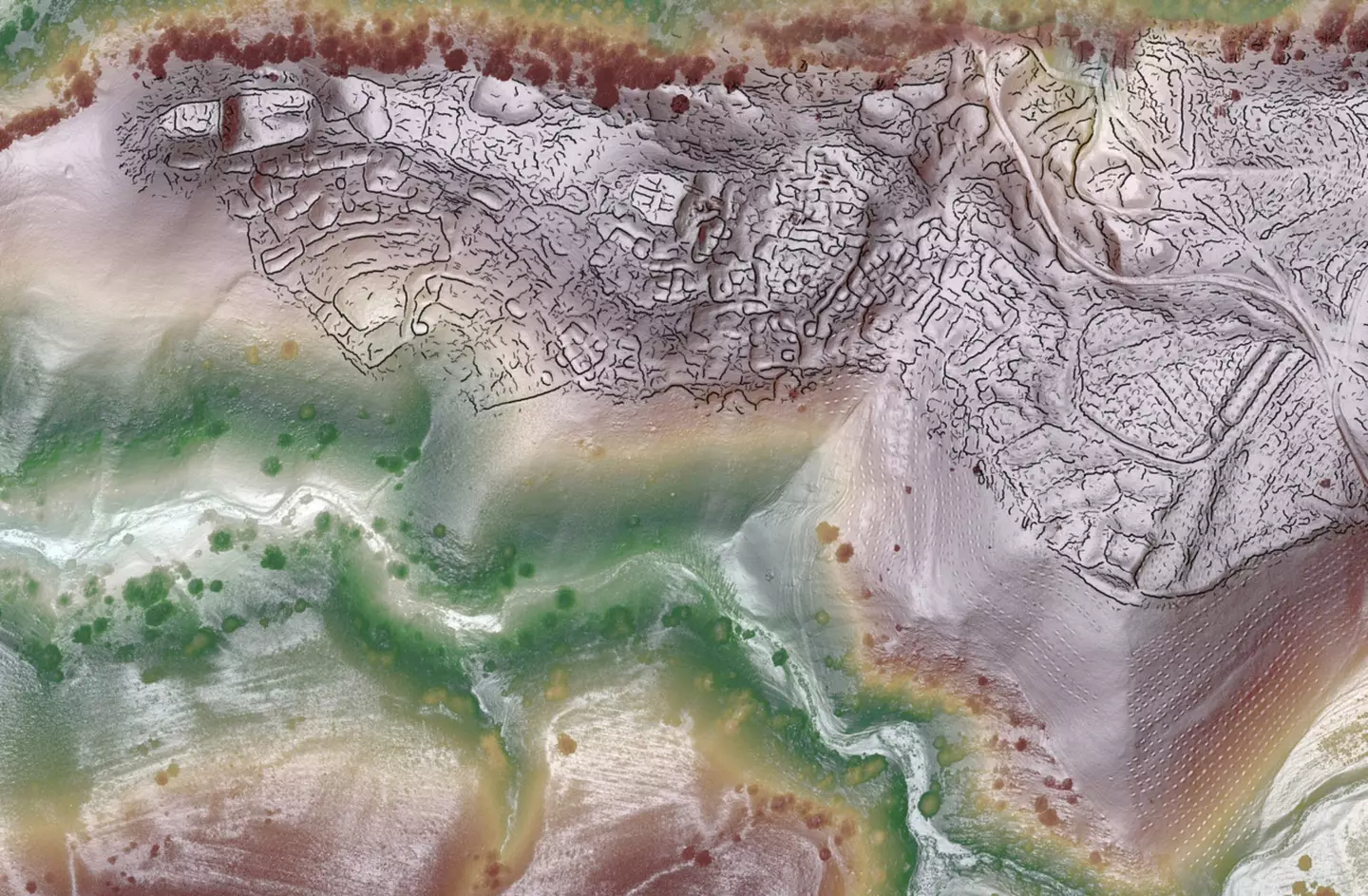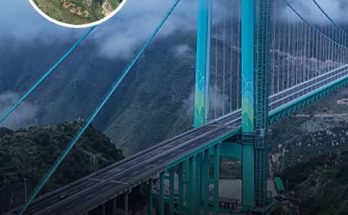Researchers have found more than enough pieces of eight to last a lifetime, with a long-lost shipwreck being discovered with $1,000,000 inside. There are far too many tragic stories of ships being lost at sea, and while the fictionalized adventures of Captain Jack Sparrow in the Pirates of the Caribbean movies might seem a little far-fetched, piracy very much was (and still is in some regions) a lucrative business on the high seas.
When it comes to Florida’s ‘Treasure Coast’, it doesn’t take a genius to figure out where this part of the Atlantic gets its name from.
1715 Fleet – Queens Jewels LLC announced the discovery, with over 1,000 silver and gold coins that are thought to be minted in the Spanish colonies of Bolivia, Mexico, and Peru, being discovered in this lucrative stretch of Floridian waters.
The area has become a hotbed for excavators, all due to the legendary tale of the 1715 Treasure Fleet. On July 31, 1715, a flotilla of ships was wrecked in a hurricane when it travelled back from the New World with a bounty of gold, silver, and jewels.
Salvagers have spent years hauling millions of dollars from the shipwrecks that litter the coast from Melbourne to Fort Pierce, although this latest discovery is a pretty massive one.
The find comes courtesy of Capt. Levin Shavers and the crew of the M/V Just Right, and alongside over 1,000 silver Reales, five gold Escudos, and other apparently rare gold artefacts, have been raised from the deep during the 2025 summer salvage season.
Some of the coins still have dates and mint marks on them, with historians and collectors alike sure to be scrambling to get a piece of the $1,000,000 treasure.
In a statement, salvage director Sal Guttuso said: “This discovery is not only about the treasure itself, but the stories it tells.
“Each coin is a piece of history, a tangible link to the people who lived, worked, and sailed during the Golden Age of the Spanish Empire. Finding 1,000 of them in a single recovery is both rare and extraordinary.”
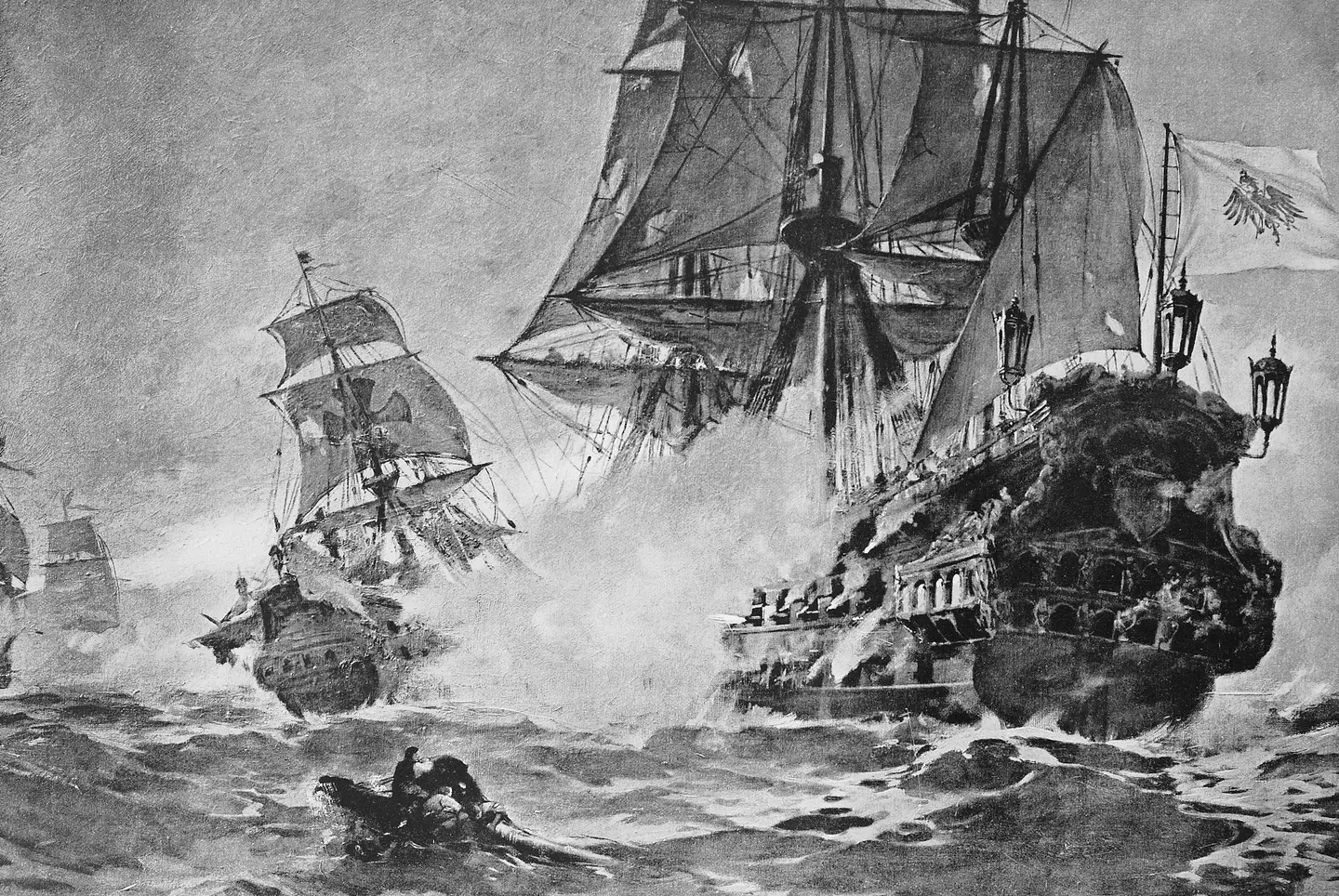
The jewels went missing in a 1715 hurricane (Bildagentur-online / Contributor via Getty)
It’s estimated that around $400 million worth of gold, silver, and jewels were lost during the 1715 hurricane, meaning it’s one of the greatest maritime tragedies of the Americas.
Gutusso concluded: “Every find helps piece together the human story of the 1715 fleet. We are committed to preserving and studying these artifacts so future generations can appreciate their historical significance.”
The coins will undergo conservation and are then expected to be exhibited at local museums for residents to take a glimpse of Florida’s maritime past. It’s the sole purpose of 1715 Fleet – Queens Jewels, LLC to continue salvaging these sunken treasures, serving as the U.S. District Courts’ custodian and exclusive salvaging company of the fleet. Only 1715 Fleet – Queens Jewels, LLC and subcontractors are permitted to salvage these wrecks, but with such a monumental find having just happened, we wonder what else is lurking down there.
Lost pirate ship with $130,000,000 worth of treasure discovered off Africa’s largest island
A lost pirate ship with a whopping $130 million worth of treasure on board has been found off the coast of Africa’s largest island.
The incredible discovery was made by a team of archeologists who believe they may have stumbled upon the wreckage of a ship that may have fallen victim to one of the most notorious pirates in history.
The Portuguese ship was known as Nossa Senhora do Cabo and sank over 300 years ago along the northeast coast of Madagascar, near the island of Nosy Borhan.
It is thought that the ship might have been attacked by the infamous French pirate, Oliver ‘The Buzzard’ Levasseur.
Levasseur first became a privateer for the French crown during the War of the Spanish Succession which lasted from 1701 to 1714.
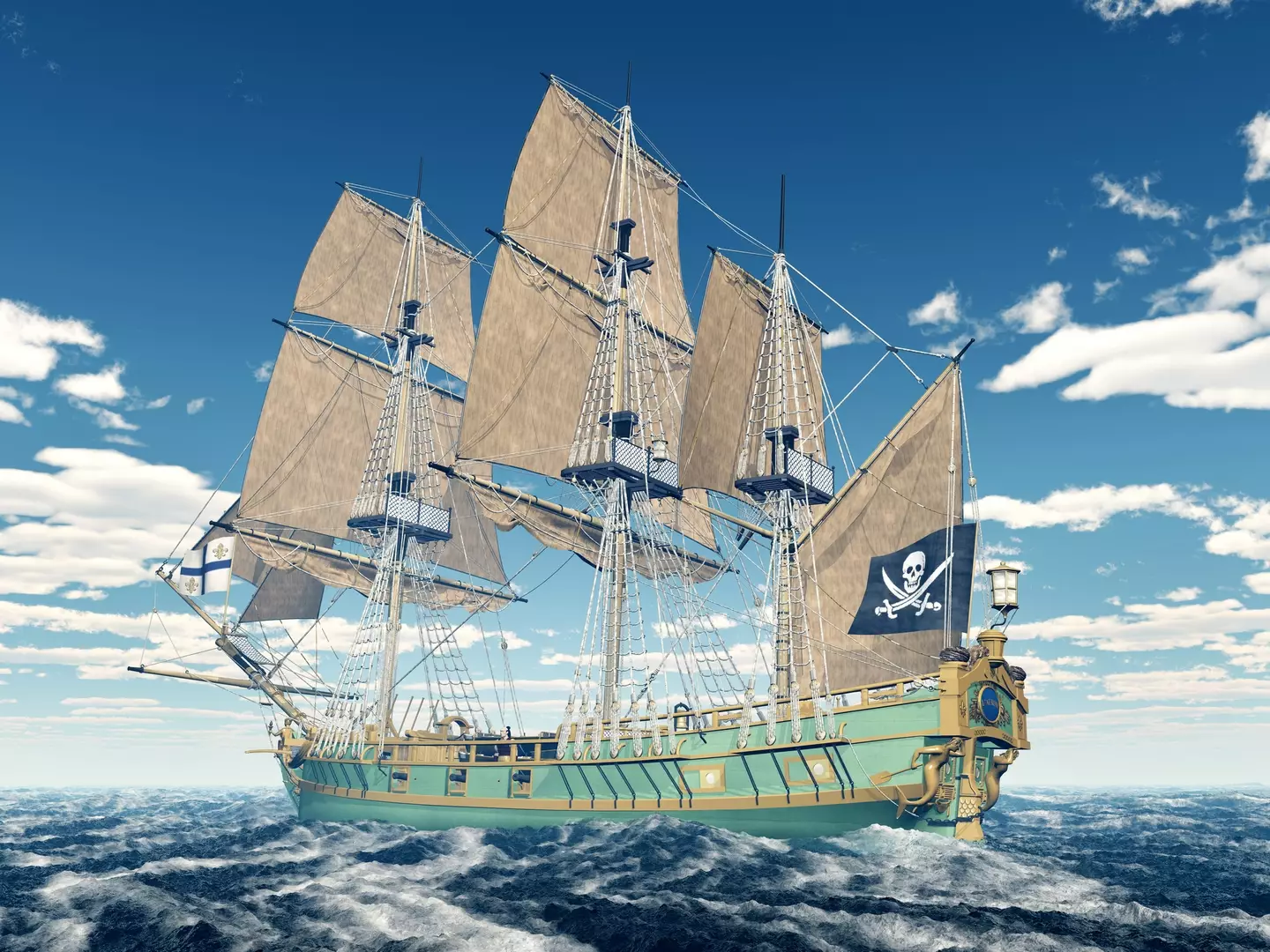
It’s thought the ship might have been attacked by the infamous French pirate, Oliver ‘The Buzzard’ Levasseur (MR1805/Getty Images)
Afterwards, he was ordered to return home with his ship but instead, Levasseur joined the pirate company of Benjamin Hornigold in 1716.
Levasseur later became known for pilfering ships around the world and it’s believed that this particular vessel, Nossa Senhora do Cabo, fell victim to the pirate in 1721.
Two US researchers, Brandon Clifford and Mark Agostini, from the Centre for Historic Shipwreck Preservation, uncovered a whopping 3,000 artifacts from the boat, and the entire loot is estimated to be worth a total of $138 million today.
Among the items recovered from the wrecked ship were luxury pottery, Arabic-inscribed coins and religious figurines.
It is believed that the ship was heading towards Lisbon, Portugal, but never made it after the crew were targeted by Levasseur.
Speaking to Live Science, Agostini said that he believed that other archaeologists had underestimated the scientific treasures located in Madagascar, adding: “Ideally, future fieldwork will lead to more analysis of the many wrecks there.”

The incredible discovery was made by a team of archeologists (Thing Nong Nont/Getty Images)
Other notable crimes of Oliver ‘The Buzzard’ Levasseur
During his time on the Brazilian Coast, Levasseur attacked many boats, notably targeting a slave ship heading from Angola.
The crew was left to sink in their ship after it was robbed and damaged.
Levasseur then abandoned 240 slaves on an island near Rio de Janeiro.
It is not known what happened to the slaves, but it is believed that they perished on the island.
Levasseur continued traveling the seas for the next few years, pilfering and commandeering ships.
The pirate was finally captured near Fort Dauphin, Madagascar, and taken to Saint-Denis, Réunion, where he was hanged for piracy on July 7, 1730.

